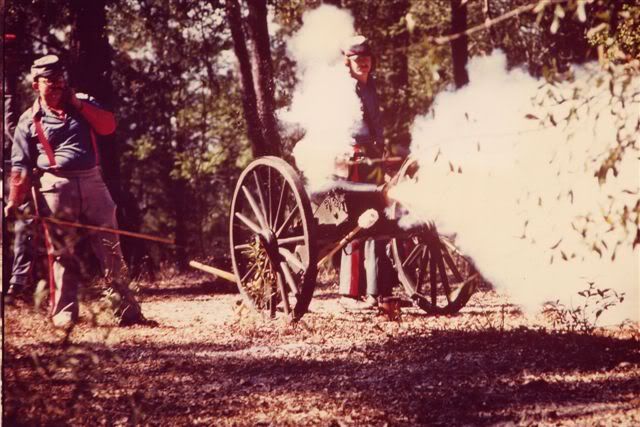I am re-reading Shelby Foote's 3 volume history of the Civil War (actually, listening to an audio download). Time and time again, you get the appreciation of the Federal technical dominance in railroads.....I did a search and found this CSA RR map.
When you look at this map you can see why......
1. Hold Cumberland gap and you eliminate a direct route into Virgina to the west. It forces you to load and unload cargo because of the gauge differences.2. Hold Nashville and Corinth and you effective strangle the Mississippi Valley.
3. Hold Chattanooga and you directly threaten the Deep South.
In contrast the Federals had 4 east/west trunk lines available, only one, the B&O, being exposed.....(and though not a railroad, the Ohio River was an east/west highway).
This was the 1st railroad war.....and here in Virginia the war was fought to control the Orange & Alexandria RR (Southern); the RF&P; and, the Virginia Central (C&O).
Around Richmond: the Richmond & Danville (Southern); the Southside RR (N&W); and, the Weldon and the Richmond and Petersburg RRs (CSX).
Peter













